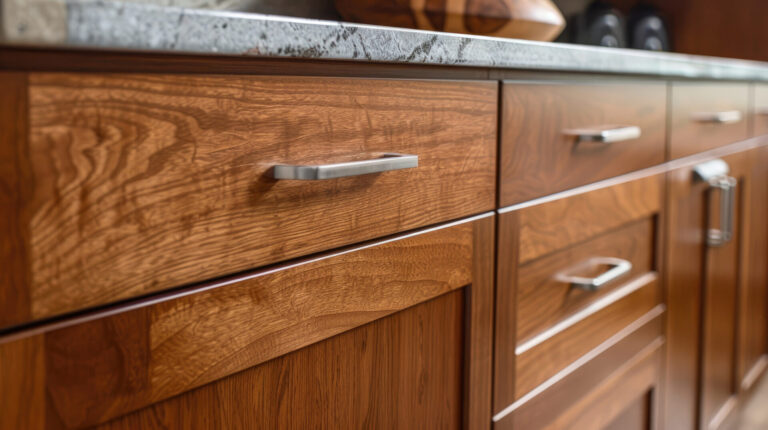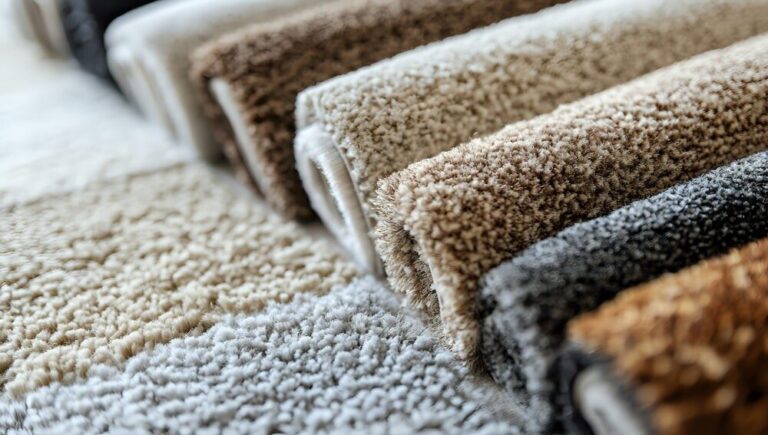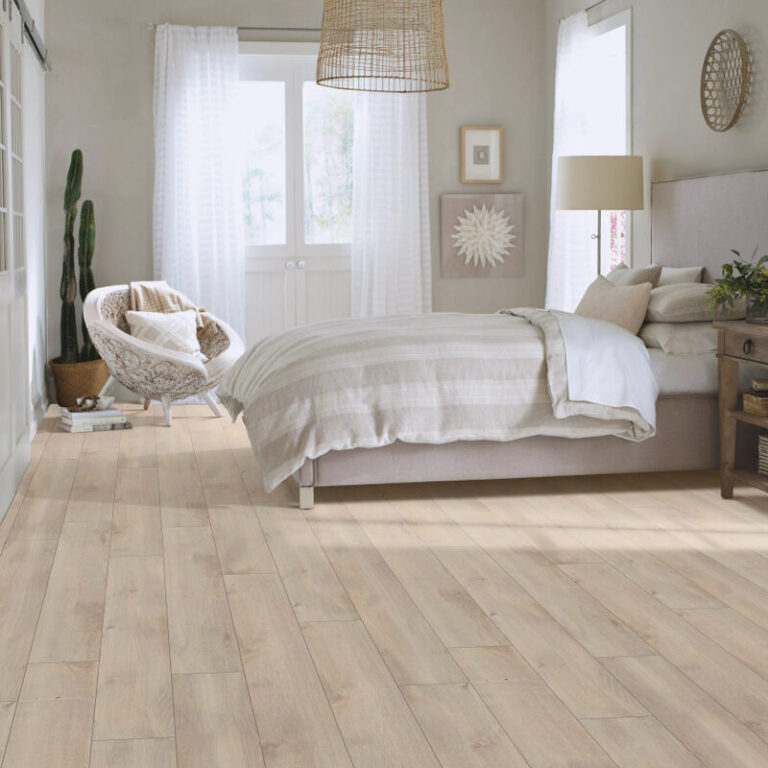- Countertops
- |
- Flooring
The Edge of Elegance: Exploring Types of Countertop Edges and Their Impact
August 5, 2025
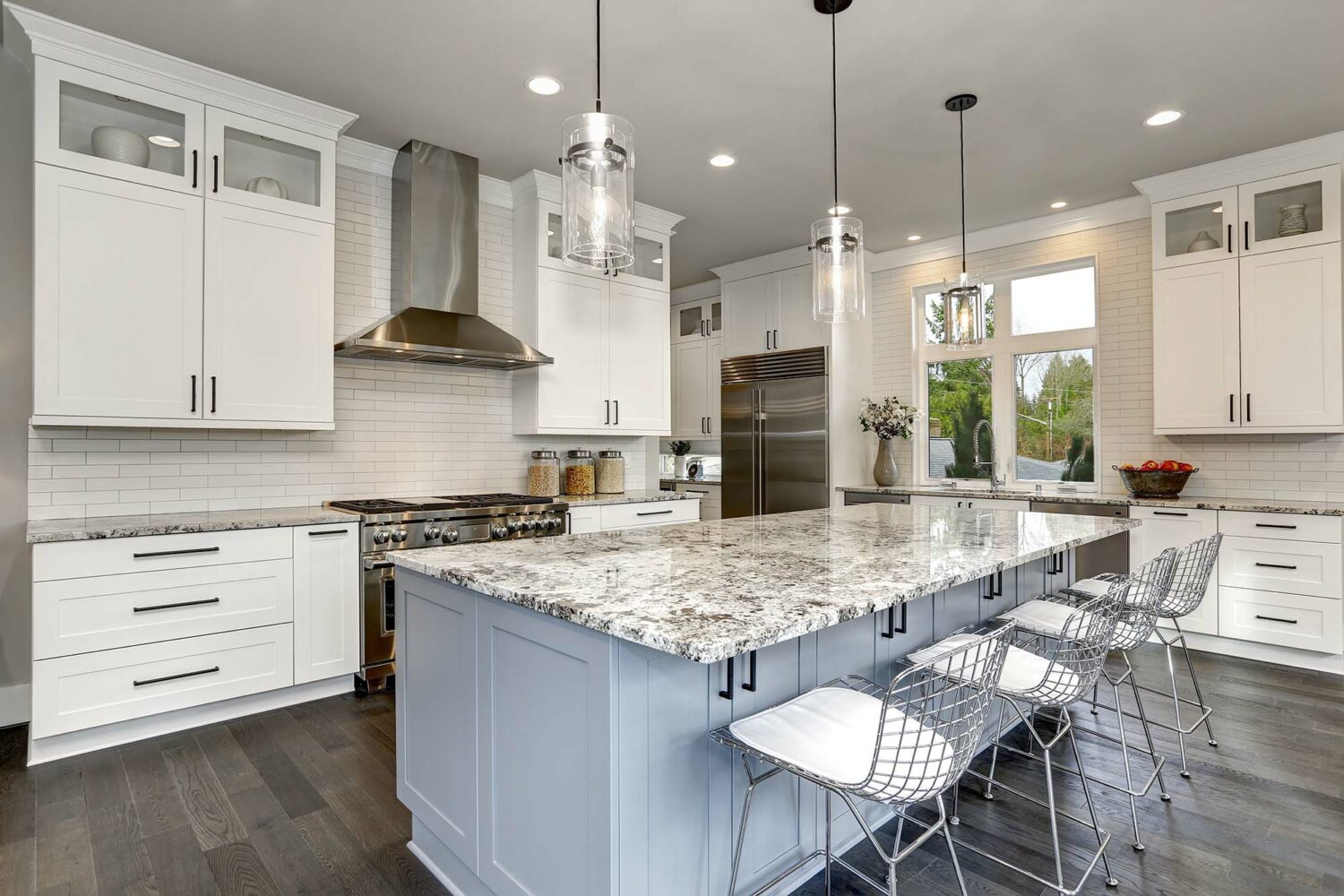
The countertop material itself often gets all the attention, but a crucial element that profoundly influences both the aesthetic and practical aspects of your kitchen or bathroom is the edge profile. The types of countertop edges you choose can dramatically alter the feel of your space, affecting everything from safety and ease of cleaning to overall style and perceived value. From sleek modern lines to intricate traditional curves, understanding the different types of countertop edges is essential for creating a cohesive and functional design.
At The Design House, we believe every detail matters. As your home interior transformation specialists in our showroom in Denton, and serving areas like Flower Mound, Frisco, and Southlake, we’re here to help you navigate the myriad of choices, ensuring your selection of types of countertop edges perfectly complements your vision.
Why Do Types of Countertop Edges Matter?
The edge profile isn’t just a decorative afterthought; it plays several vital roles:
- Aesthetics: It defines the countertop’s visual weight and contributes to the overall style (modern, traditional, transitional, etc.).
- Safety: Rounded edges are inherently safer, especially in households with children, as they reduce sharp corners.
- Durability: Some edges are more prone to chipping or wear than others.
- Cleaning: Simpler profiles are generally easier to wipe down and keep clean.
- Cost: More intricate edge profiles typically require more fabrication time and thus incur higher costs.
A Look at Different Types of Countertop Edges:
Let’s explore the most common and popular types of countertop edges, along with their characteristics and best applications:
Eased Edge
- Description: This is the simplest and most common edge profile. It takes a sharp 90-degree corner and slightly “eases” or rounds it, removing the sharp point. It’s not a full curve, just softened.
- Aesthetics: Clean, simple, and modern. It offers a subtle softness without being overtly decorative.
- Durability: Highly durable as there are no sharp points to chip easily.
- Cleaning: Very easy to clean due to its smooth, gentle curve.
- Best For: Contemporary, minimalist, and transitional kitchens. It’s a classic choice that works with virtually any style. Often the default or included edge with many countertop fabricators.
Half Bullnose
- Description: The top edge is fully rounded, similar to the top half of a full bullnose, while the bottom edge remains straight or slightly eased.
- Aesthetics: Softer and more rounded than an eased edge, giving a slightly thicker appearance to the countertop. It creates a gentle, flowing line.
- Durability: Very durable on the top edge due to the full curve, which minimizes chipping.
- Cleaning: The rounded top is easy to clean, but the straight bottom can collect drips.
- Best For: Transitional and traditional kitchens where a softer, slightly more substantial look is desired.
Full Bullnose
- Description: Both the top and bottom edges are completely rounded, forming a smooth, continuous curve.
- Aesthetics: Creates a soft, luxurious, and timeless look. It makes the countertop appear thinner than it actually is.
- Durability: One of the most durable edges because there are no sharp points anywhere to chip.
- Cleaning: Very easy to clean due to the complete curve, allowing spills to drip directly to the floor.
- Best For: Traditional and classic designs. Its safety makes it excellent for homes with children.
Bevel Edge (or Chamfer)
- Description: A 45-degree angle is cut off the top corner of the countertop. The angle can vary (e.g., 1/4″ bevel, 1/2″ bevel).
- Aesthetics: Modern, sharp, and architectural. It adds a subtle design detail without being overly ornate.
- Durability: Generally durable, but the angled edge can be more susceptible to chipping than rounded profiles if hit hard.
- Cleaning: Relatively easy to clean.
- Best For: Contemporary and modern kitchens seeking a clean, geometric look.
Ogee Edge
- Description: A more elaborate and decorative profile featuring an S-shape curve, typically concave above and convex below.
- Aesthetics: Elegant, formal, and traditional. It adds a touch of grandeur and sophistication.
- Durability: More delicate than simpler edges. The curves and points can be more prone to chipping if impacted.
- Cleaning: More challenging to clean due to the intricate curves and crevices where crumbs and liquids can accumulate.
- Best For: Traditional, formal, and luxurious kitchens, often paired with high-end natural stones like marble or granite.
Waterfall Edge
- Description: While not an edge profile in the traditional sense, a waterfall edge involves the countertop material extending vertically down to the floor, often on one or both ends of an island. This typically requires a mitered joint for a seamless look.
- Aesthetics: Ultra-modern, sleek, and dramatic. Creates a truly sculptural and impactful statement.
- Durability: The edges themselves can be finished with any profile (often eased or mitered), but the overall structure requires precise fabrication and installation to be durable.
- Cleaning: Easy to clean, as the surface flows directly to the floor.
- Best For: Contemporary, minimalist kitchens seeking a high-impact, luxurious design feature.
Mitered Edge
- Description: This edge creates the appearance of a very thick countertop (e.g., 2-4 inches thick) by joining two pieces of stone at a 45-degree angle, creating a seamless, almost invisible joint.
- Aesthetics: Creates a bold, substantial, and custom look. It’s a hallmark of high-end, modern design.
- Durability: The strength depends on the quality of the mitered joint and fabrication. When done well, it’s very durable.
- Cleaning: Easy to clean, as the joint is designed to be inconspicuous.
- Best For: Modern and contemporary kitchens where a chunky, custom countertop look is desired without the added weight or cost of a solid thick slab. Often used in conjunction with waterfall edges.
Choosing the Right Edge for Your our showroom in Denton Home:
When selecting among the different types of countertop edges, consider:
- Your Home’s Style: Does your home lean modern, traditional, or transitional? The edge should complement this.
- Budget: More intricate edges require more fabrication, increasing cost.
- Safety: If children are present, rounded edges are a safer bet.
- Maintenance: How much effort are you willing to put into cleaning intricate profiles?
- Material: Some materials lend themselves better to certain edges (e.g., quartz and granite are versatile; laminate has limitations).
The right countertop edge is the finishing touch that brings your design vision to life, ensuring both beauty and functionality for years to come.
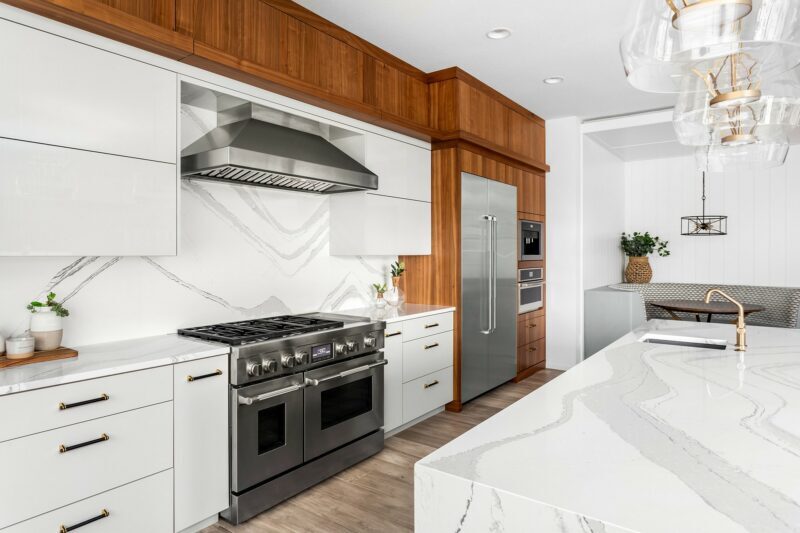
Explore Types of Countertop Edges at The Design House
Ready to put the perfect finishing touch on your kitchen or bathroom countertops? Understanding the different types of countertop edges is key to achieving your desired aesthetic and functionality.
At The Design House, our expert designers can help you explore all the options, guiding you to the ideal edge profile that complements your material choice and overall design vision. Visit our showroom location in our showroom in Denton. We strive to be the best provider of superior design, quality products, installation and build services throughout our showroom in Denton. We add value for our customers through foresight, integrity, and excellent performance, serving with character and purpose that brings honor to God. We’re a local family living out our dream of being your home interior transformation specialists, ensuring everything you need is right here in your own backyard. Call or Visit The Design House.
Our Service Areas
We proudly service the areas of Argyle, Aubrey, Carrollton, Corinth, Denton, Flower Mound, Frisco, Justin, Krum, Lake Dallas, Lewisville, Little Elm, Pilot Point, Ponder, Roanoke, Sanger, The Colony, Colleyville, Crowley, Grapevine, Haslet, Hurst, Keller, Southlake, Celina, Frisco, McKinney, Plano, Bridgeport, and Decatur, TX.

